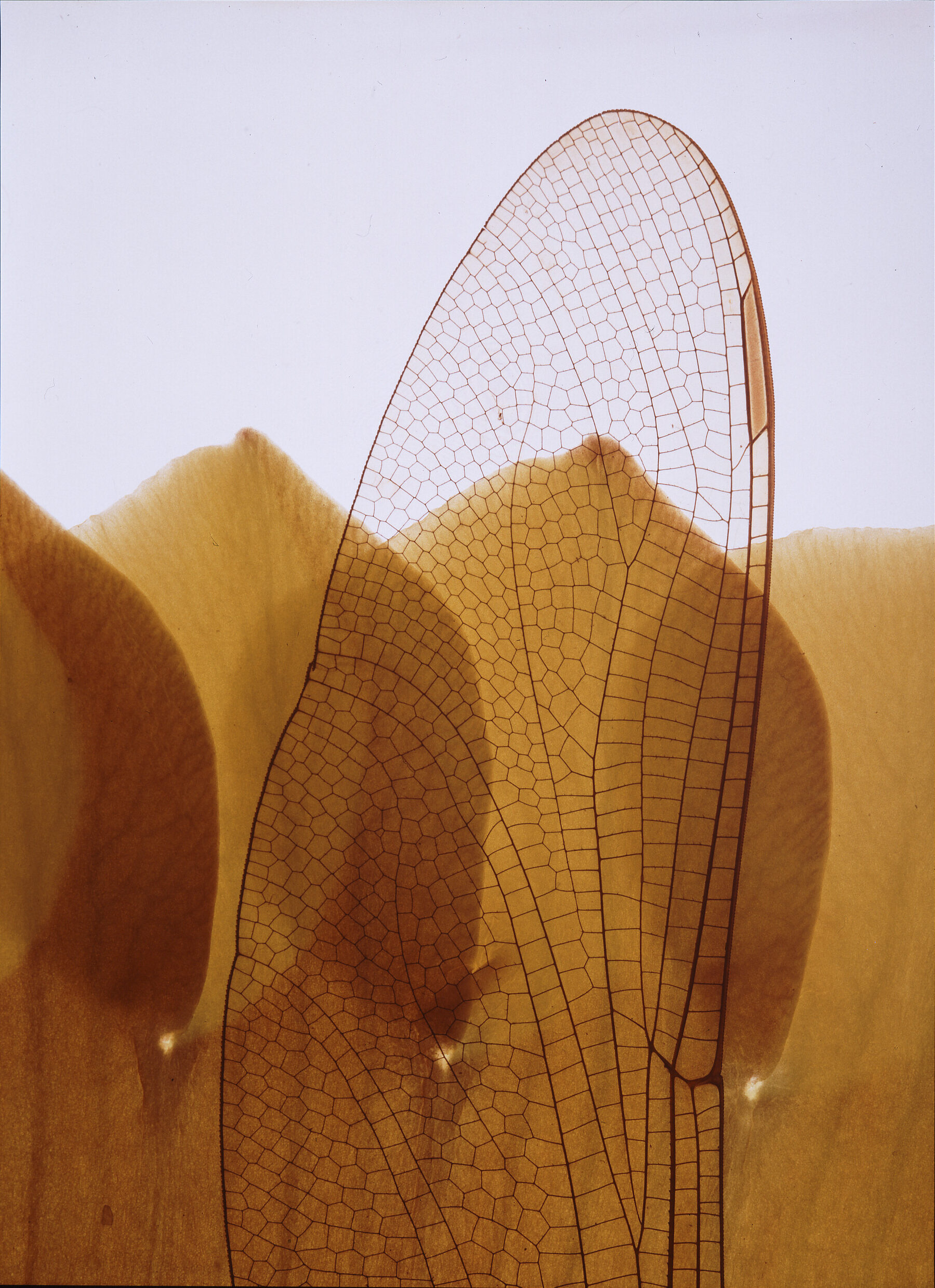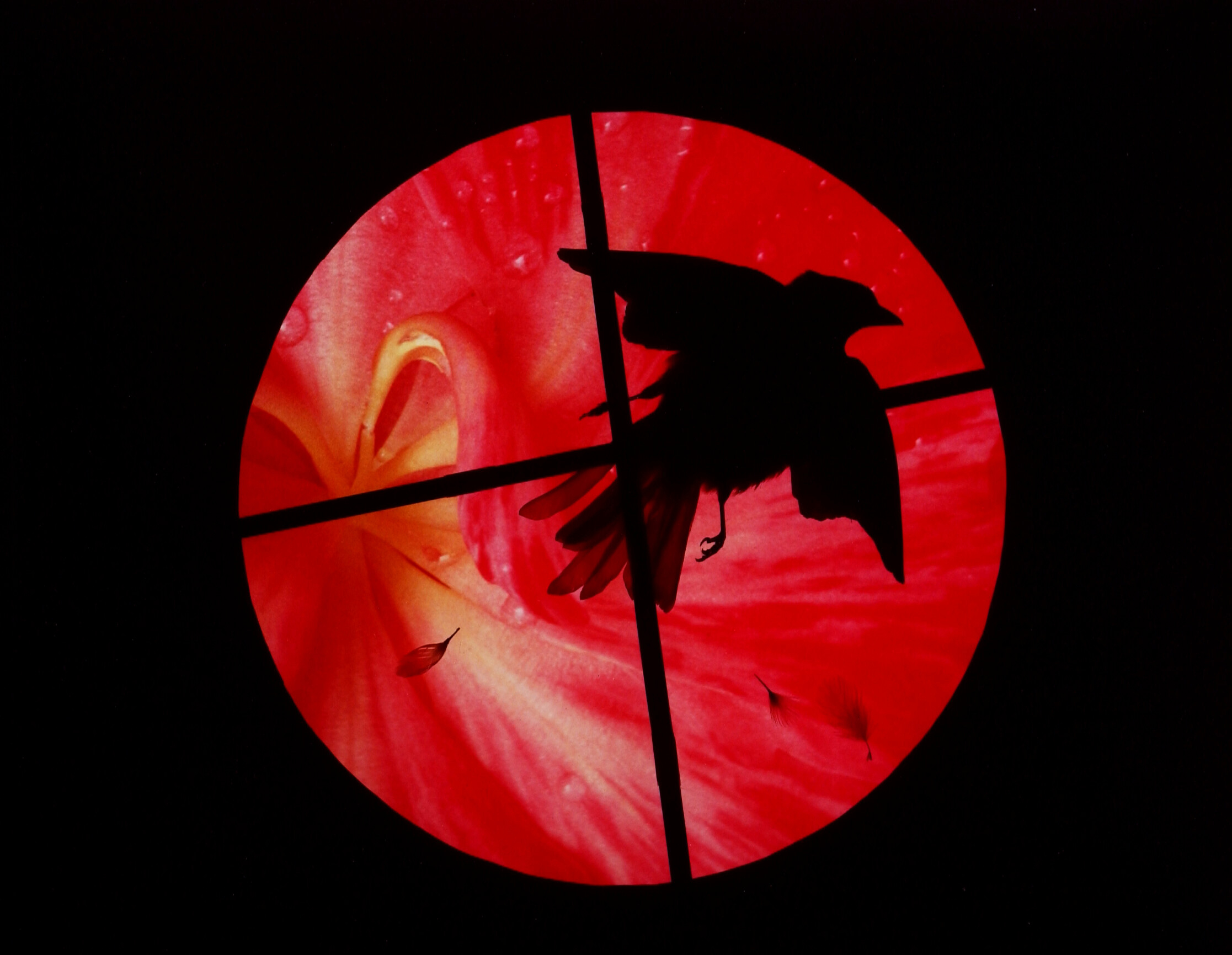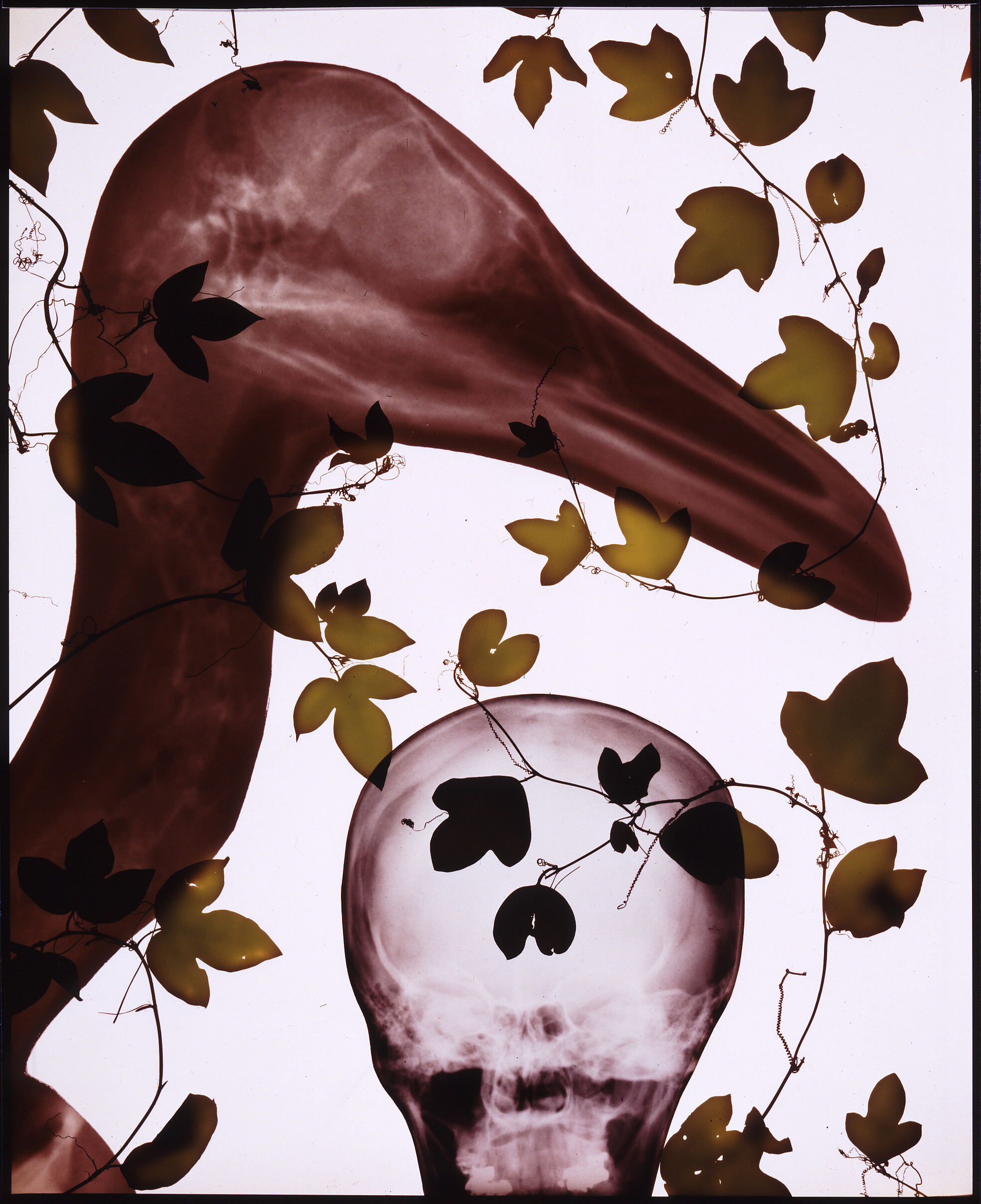Impress your friends with five fast facts about Maggie Foskett (1919–2014), whose works are part of NMWA’s collection. Foskett was among the first American artists to use the cliché verre technique in photography.

1. Stunning Colors
With an interest in light and color, Maggie Foskett’s initial creative medium of choice was stained glass. She first picked up a camera at age 57, in a community college black-and-white photography class. Once she discovered the vibrant hues possible with Cibachrome printing, she never looked back.
2. Serendipitous Spider
Foskett discovered the cliché verre technique by happy accident one day when turning on the photo enlarger in her darkroom. A spider had snuck inside, and the translucent outline of the arachnid appeared on the photographic paper underneath. Foskett became a pioneer of this camera-less photography technique throughout her career.

3. In the Field
Born and raised in São Paulo, Brazil, Foskett grew up with a fascination for both the beautiful and unsettling aspects of nature. During most of her career, Foskett split her time between Camden, Maine, and Sanibel Island, Florida, where she witnessed a wide array of flora and fauna in their habitats.
4. Inside Out
Foskett’s magnified images reveal details of plant and animal life that are invisible to the naked eye. She began incorporating X-rays of injured birds and other animals from a Florida wildlife preserve, along with those of her own body, in her work. She said, “I love bones because they tell a story—in a way they’re almost eternal.”

5. New Life
Working into her 90s, Foskett changed her practice in the last decade of her life. Her cliché verre prints had to be made entirely in the dark, which became too physically taxing. She spent her later years raising zebra longwing butterflies in her screened porch, documenting their metamorphosis with a digital camera.
